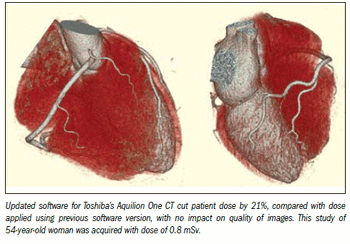
The means to reduce radiation dose are often at the fingertips of CT operators.

The means to reduce radiation dose are often at the fingertips of CT operators.

Reduced or no “padding” during ECG-triggered coronary CT angiography results in a substantial reduction in radiation dose without affecting image quality and interpretability, according to a study in the April American Journal of Roentgenology.

The use -- and cost -- of modern imaging was rising among Medicare patients with cancer as they entered the 21st century, according to research released April 27 by the Journal of the American Medical Association. From 1999 through 2006, imaging costs rose at a faster rate among Medicare beneficiaries than any other cost associated with their fight against cancer.

At the request of the American College of Radiology, House Energy and Commerce chair Rep. Henry Waxman (D-CA), Ways & Means Committee chair Rep. Sandy Levin (D-MI), and Ways & Means Subcommittee on Health chair Rep. Pete Stark (D-CA) have called on the General Accountability Office to perform a study regarding the effects of physician self-referral of advanced medical imaging and radiation therapy treatments on Medicare spending.

Support from hospital medical staff and bylaws that give the staff a stronger role in scrutinizing staffing decisions could help protect radiology practices against hospital management dropping their contracts, the administrator of one of the largest practices in the country contends.

Burdensome bureaucracy is penalizing many law-abiding radiologists in India, 16 years on from implementation of the Pre-Conception (PC) and Pre-Natal Diagnostic Techniques (PNDT) Act.
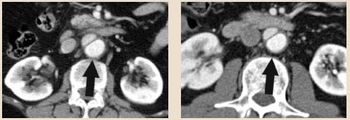
Korean researchers tested the ability of radiologists to spot CT images altered with commercially available software to introduce pathology and found that their skill is no more certain than the toss of a coin.

Radiologists express their diagnostic findings in words, their exam reports typically containing not a single image. They would be better served politically, and their referring physicians and patients clinically, if they shared their images as well as their conclusions.
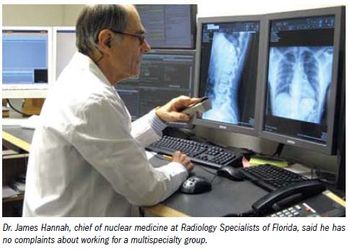
When Sutter Health Hospital in Sacramento, CA, recently terminated its contract with Radiology Associates of Sacramento, one of the largest and oldest practices in the U.S., the action sent shudders through elements of the radiology community.
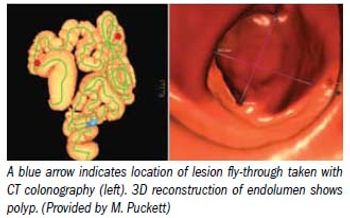
In the seven years since he came to Madison, Dr. Perry Pickhardt has done 7000 CT colonographies at the University of Wisconsin. Dr. Michael Puckett has been similarly successful in private practice with the San Diego Medical Imaging Group.

Over the past decade, teleradiology has become a well-established practice in Europe. But without homogenous EU legislation, experts are concerned about possible clinical risks. Radiologists and an EU representative compared advantages and warned of legal and medical risks during a joint session of the European Society of Radiology and European Commission held Saturday, March 6.

CT protocols used by researchers at Loma Linda University decreased radiation dose up to 95% when de-tecting distal ureteral calculi.

Collaborative educational seminars reduce the number of CT scans and the radiation dose delivered to emergency department patients suspected of pulmonary emboli, according to a study from a New York medical center.
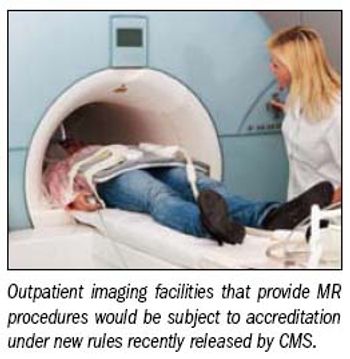
They couldn't be more different in their approach to accrediting radiology imaging centers.
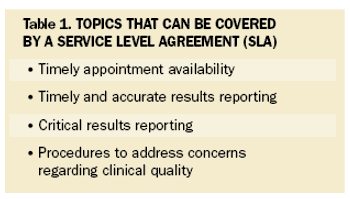
An established radiology practice in a growing community has enjoyed positive relations with the two hospitals it serves and the community physicians.

A consortium that will include more than 750 radiologists from 13 practice groups announced it was beginning operations this week. The consortium will focus on the business side of radiology, determining things like common billing platforms across the groups.
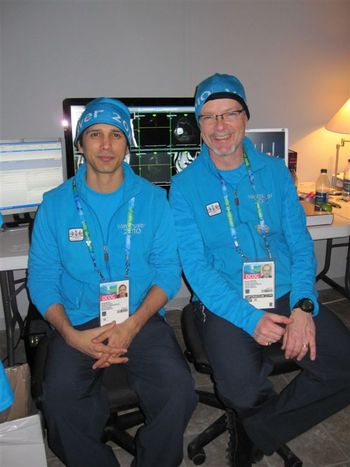
Never in the history of the Olympics has diagnostic imaging played such a huge role. For the first time ever at the Winter Olympic games taking place in Vancouver, Canada, all four modalities–digital radiography, ultrasound, CT, and MRI–are represented in both the Alpine and city settings.

Americans are scared. Some are frightened out of their wits. A radiologist recently told me about a patient with terminal pancreatic cancer who refused a CT ordered by his oncologist. Why? The patient said he was worried about radiation.

There has been considerable debate concerning President Obama’s healthcare reform initiative despite widespread agreement the U.S. healthcare system is in need of a significant and comprehensive overhaul.

As Diagnostic Imaging previously mentioned, most women at high risk for breast cancer come in for their breast MRI. However, claustrophobia and reluctant patients still exist. Below breast imagers offer their tips.
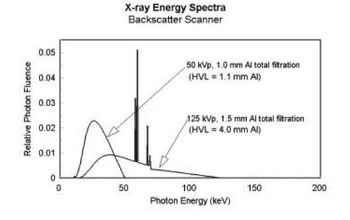
Airport X-ray backscatter machines exposing adults, pregnant women, and children to radiation without knowing the effects for 20 years.

There seems no end to the bashing. But from radiology’s perspective, Apple’s soon-to-be-released iPad could be huge, potentially serving as the first truly mobile device to support medical visualization.

Two radiology groups in Illinois have merged, making them the largest private practice radiology group in the state. Effective Feb. 1, Central Illinois Radiological Associates and Springfield Radiology Associates have joined forces to employ 70 radiologists.

There’s a bit of a shuffle taking place in San Antonio in the world of radiology. Two major radiology companies are undergoing a merger and acquisition.

This week CMS published a Federal Register notice announcing its approval of the following national accreditation organizations to accredit suppliers seeking to furnish the technical component of advanced diagnostic imaging services under the Medicare program: the American College of Radiology, the Intersocietal Accreditation Commission, and the Joint Commission. The Medicare Improvements for Patients and Providers Act of 2008 (MIPPA) requires all nonhospital suppliers of advanced imaging services be accredited by organizations designated by the secretary of HHS by Jan. 1, 2012, to qualify to provide services to Medicare beneficiaries.